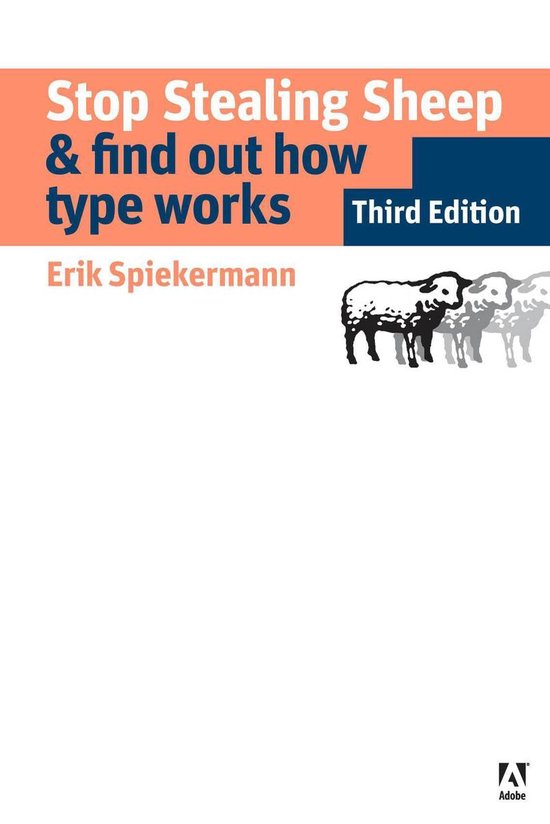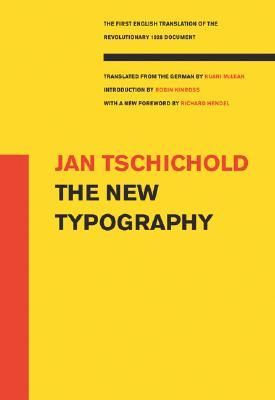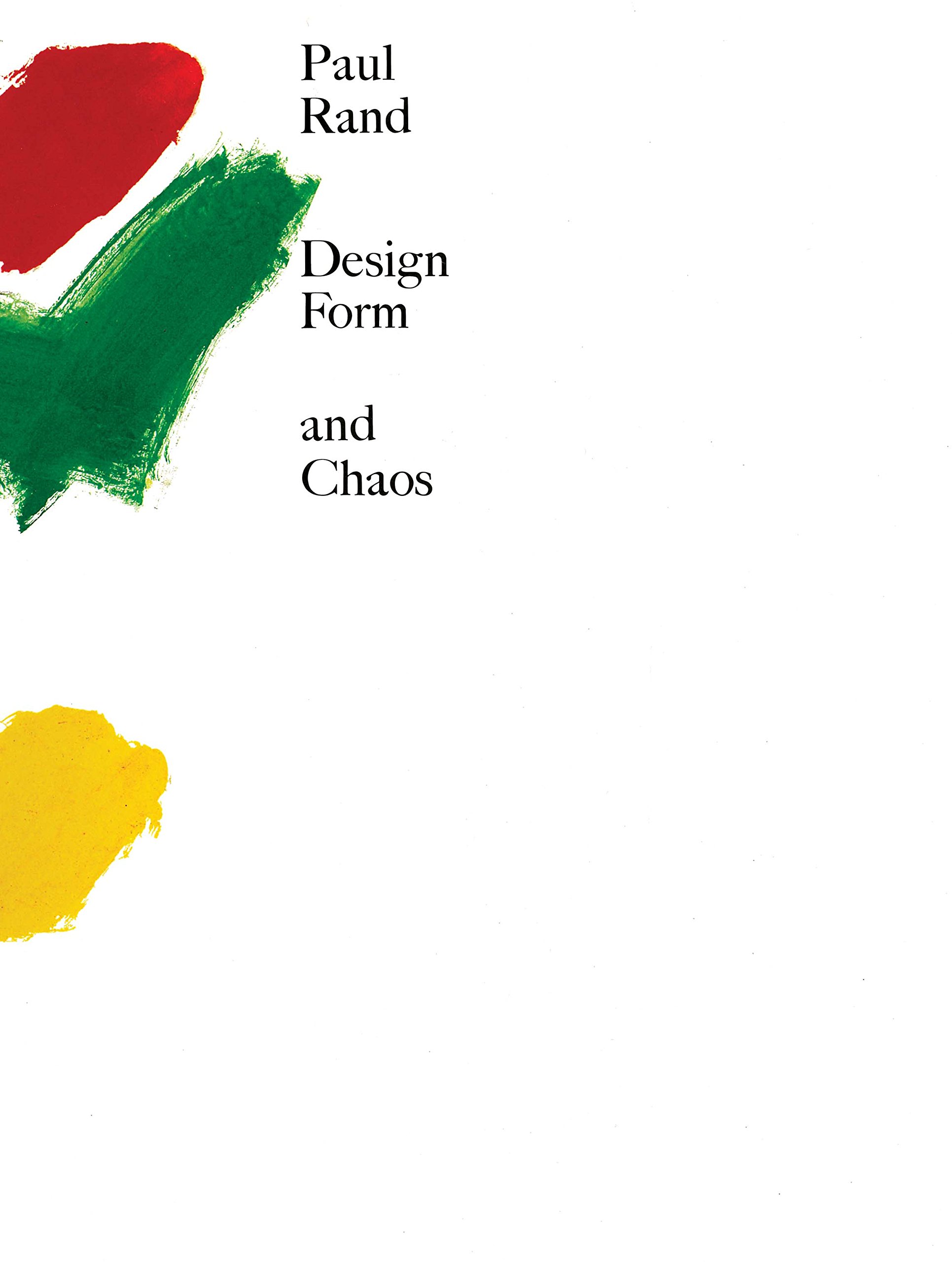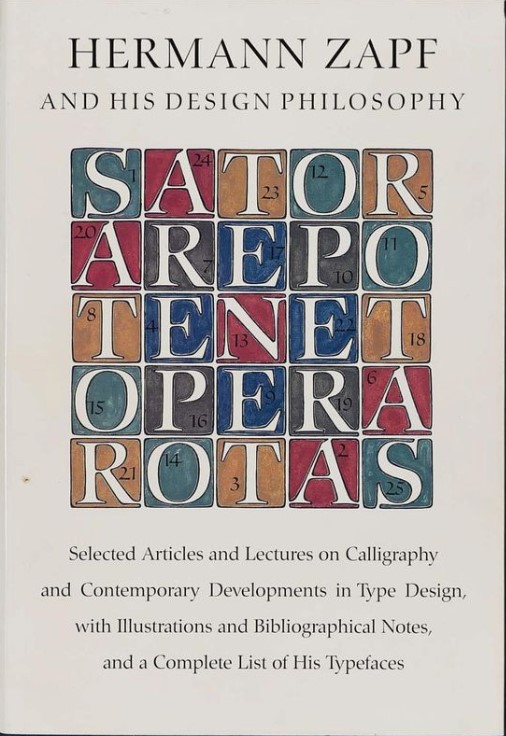
I haven’t heard of any single designer who became one just by reading the corresponding literature. However, if you decide to shun it completely, chances are you would waste too much time on obtaining your professional foundation. There is literally no point in making the mistakes somebody else has already made before. While designer books won’t give you detailed instructions on how to become a professional, they will provide valuable new perspectives and push the boundaries of your knowledge. In this article, I have compiled a selection of specialized designer literature based on my personal preferences as well as expert opinions. Read on to expand your must-read list.
1. Stop Stealing Sheep by Erik Spiekermann
This one is for those who want to understand the intonation of the font and understand the intricacies of typography. By using accessible and familiar examples, this book demonstrates that typography is not an art for the elite but a powerful tool available to everyone who has something to say. Fonts accompany us everywhere: food packaging, signs, TV screens, and smartphones. Spiekermann does his best to prove that font is a visual language that connects the author and the reader. He briefly retells the history of different typefaces, describes their competent use, and answers the question of why more and more of them are needed every day.
About Erik Spiekermann:
Erik Spiekermann is a designer and professor at the Bremen Academy of Arts, a member of the German Design Council, and the president of the International Society of Typographic Designers. If you’ve ever been to Germany and rode German trains, you’ve seen the signs and diagrams at the train stations. All these are written in the Deutsche Bahn typeface, created by Erik Spiekermann. This is not his only career achievement: he is also behind the typeface for Audi and the new design for The Ecоnomist magazine.
2. The New Typography by Jan Tschichold
Jan Tschichold’s book is a classic. Despite the fact that the described standards are outdated and not really used anymore, and Tschichold himself eventually abandoned many of the ideas, the book is still a manifesto of modern typography. It is a thorough and detailed study covering various topics, from theories of social criticism and art history to the increasing importance of photography in graphic design. Tschichold talks about the transformation of graphic design in modernism, about the formation of new beliefs in relation to typography, and formulates extremely clear and precise rules for the design of printed materials. “A person who understands the deep inner similarity between typography and architecture, who is able to penetrate the essence of new architecture, has no doubt that the future lies with the New typograph.”
About Jan Tschichold:
Jan Tschichold was a German typographer, designer, and teacher who made a huge contribution to the development of graphic design and typography in the 20th century. His works are practical and aesthetic. In addition, Tschichold worked extensively in book design, designing a significant number of German, Swiss and English typefaces.
3. Design, Form, and Chaos by Paul Rand
The legendary title is an absolute must for everyone toiling in the world of design. The author not only speculates on the pressing problems of designers but also addresses the foundations of aesthetic values and talks about the importance of thorough analysis in creation. In other words, Rand wrote a book that just can’t lose its relevance. The author denounces unprofessional attitude and fleeting fashion trends, discusses the specifics of creativity and professional passion, which is a prerequisite for a design that is actually worth something. Rand illustrated his claims with his own works, as well as the works of artists and designers he admired most. “The quality of design is perceived as an abstraction; one must believe that others understand the idea behind it.”
About Paul Rand:
Paul Rand was an American art director and designer known for his corporate logos (IBM, Westinghouse, ABC and Steve Jobs’ NeXT). He successfully married graphic design to business and turned it into a powerful entrepreneurial tool, stripping it of its humble status.
4. Hermann Zapf and His Design Philosophy by Hermann Zapf
This is a book for those who want to develop taste and learn from the experience of an outstanding designer. The only drawback of this book is that it consists of separate articles and lectures. Nevertheless, it does not prevent you from gaining a whole lot of knowledge. In selected articles, Zapf shares his expertise in calligraphy, typography, and type design. The newer editions are beautifully illustrated with the author’s works, so look out for those in particular.
About Hermann Zapf:
Hermann Zapf is an outstanding German type designer, calligrapher, book artist, author of many articles on modern technologies in the field of typography and publishing. Zapf developed hundreds of typefaces for metal typesetting, linotypes, phototypesetting and digital printing, including typefaces that are considered classics.
Bottom Line
As German-centric as this article turned out, it will give you the general direction for further studies. Perhaps, the discipline and meticulousness that are often associated with Germans helped these outstanding designers reach the unfathomable heights in their craft. The American and French design schools are worth checking out next if my compilation leaves you craving for more recommendations.






